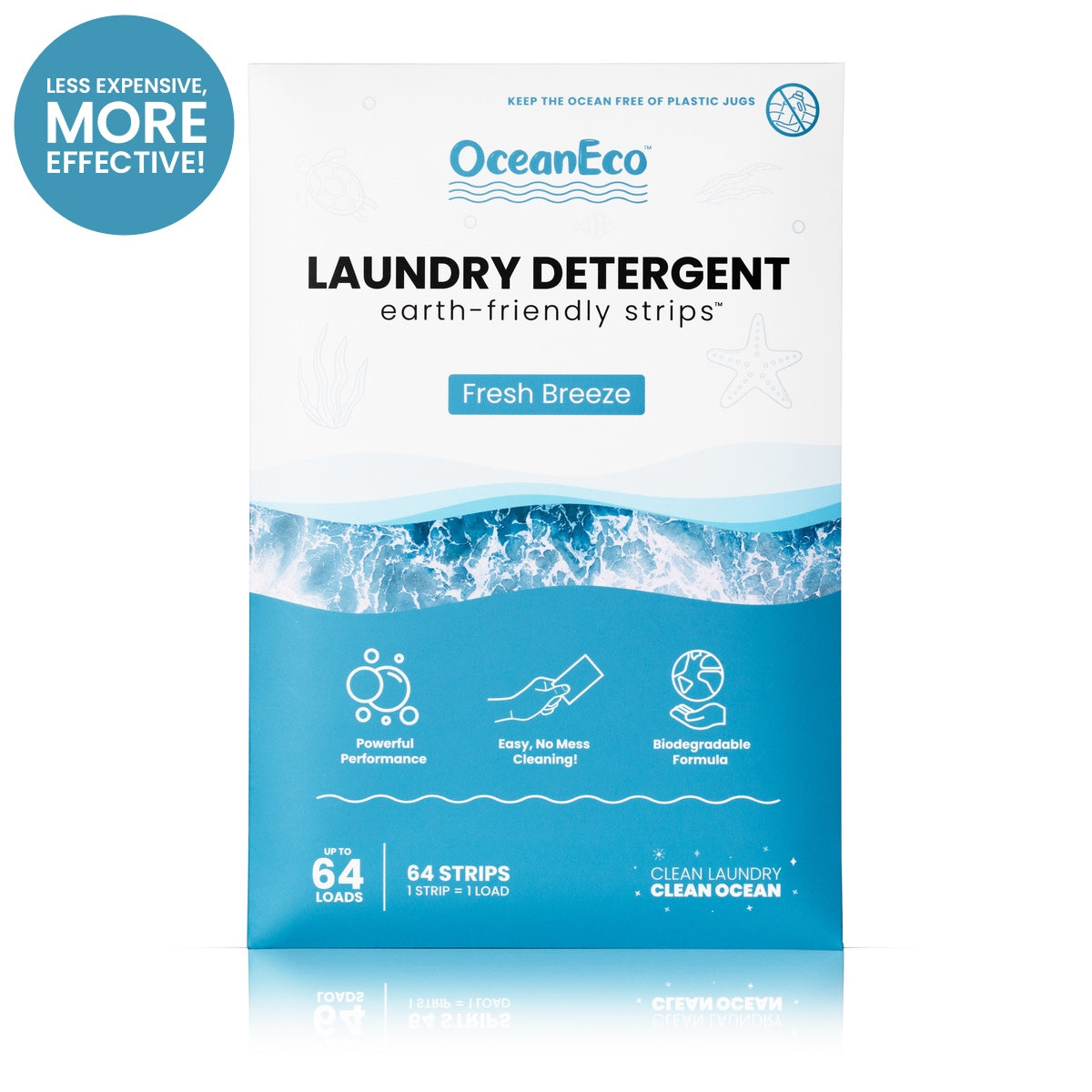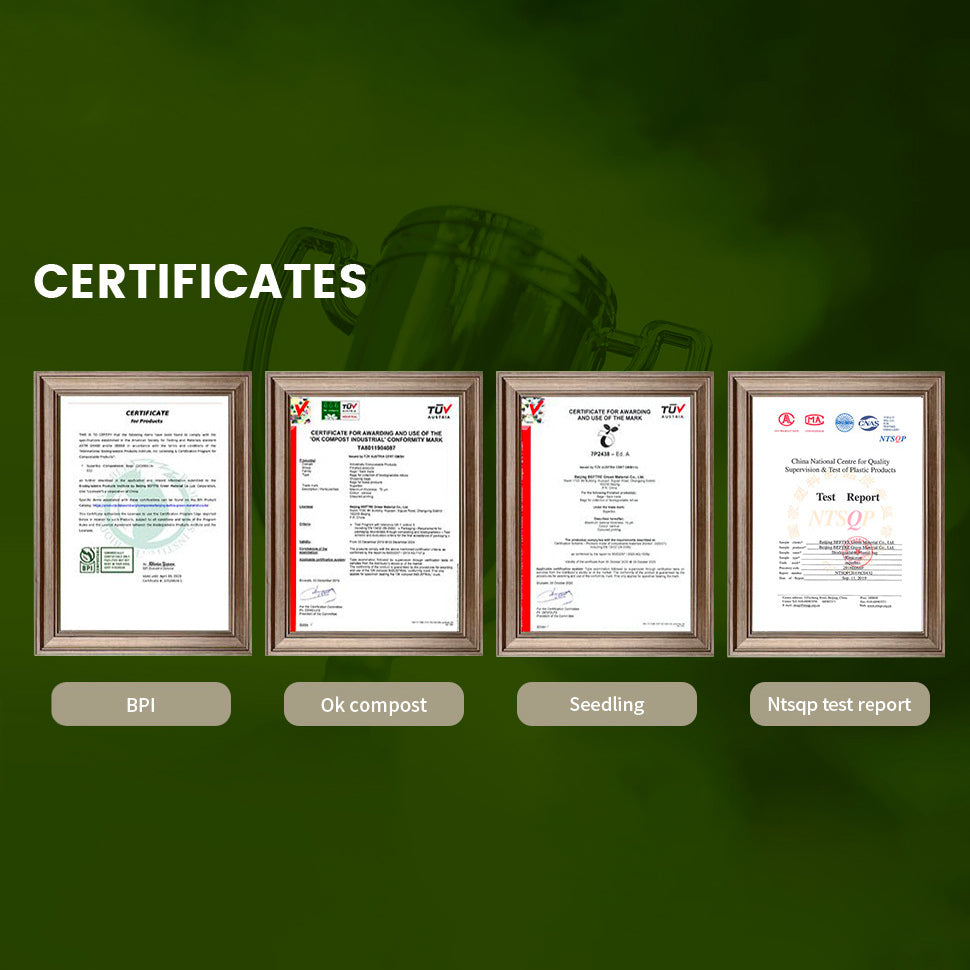Underwater Mud Waves Near Africa Reveal the Birth of the Atlantic Ocean
The Atlantic Ocean wasn’t always there.
Its formation didn’t just reshape continents—it stirred the deep. Now, massive underwater mud waves buried beneath the seafloor off West Africa are revealing how, and exactly when, that split happened.
Roughly 400 kilometers off the coast of Guinea-Bissau, scientists from Heriot-Watt University have mapped an ancient seabed that holds evidence of the Atlantic’s early stirrings. What they found—huge sediment waves frozen in time—is changing how we understand the opening of the Equatorial Atlantic Gateway, the narrow seaway that formed when South America and Africa tore apart. These waves are the fingerprints of a shifting Earth, and they say the Atlantic began to form sooner than we thought.

The Atlantic Ocean began forming 117 million years ago, earlier than previously believed.
Seismic Secrets Beneath the Seafloor
Using seismic reflection data and sediment core samples from the Deep Sea Drilling Project Site 367, the team uncovered five layers of sediment beneath the ocean floor. One layer stood out. It held kilometer-long mud waves and “contourite drifts,” towering underwater mounds formed by forceful bottom currents. These features appeared precisely where the continents of South America and Africa made their final break—a geologic pinch point just west of the Guinea Plateau, according to IFLScience.
Dr. Uisdean Nicholson, one of the lead researchers, described the moment as a “waterfall under the ocean,” where dense, salty water spilled northward through the newly formed opening. The contrast between saltier water in the South Atlantic and fresher waters in the north triggered powerful, cascading flows. These currents weren’t surface-level tides—they were deep and immense, carving out sediment waves over hundreds of meters high.
Underwater mud waves off West Africa recorded the ocean's violent birth.
Two Stages of Separation
This geologic drama didn’t happen all at once. New interpretations of the seismic data suggest a two-stage opening of the gateway. The first stage began around 117 million years ago, during the middle-late Aptian period. It marked the formation of a restricted marginal sea, according to researchers writing in Global and Planetary Change.
In this phase, water began trickling through the crack between the continents, forming intense, directed bottom currents. These generated the first fields of sediment waves northwest of the gateway. A few million years later, in the second stage, the gateway widened and deepened. This opened the path for continuous water exchange, changing the seafloor landscape and shifting sediment deposition into broader contourite drifts.
What makes this finding significant is the timing. Previous models estimated the opening began closer to 113 million years ago. But this new evidence, driven by direct sedimentary signatures, pushes that date back to 117 million years. This revision not only changes the timeline of Atlantic formation—it ties the gateway’s development to one of the most dramatic climate shifts in Earth’s history.

The sediment waves mark the opening of the Equatorial Atlantic Gateway.
Climate Consequences of a Changing Seaway
Before the gateway opened, Earth was in a slow cooling trend. Equatorial regions, rich with sediment and possibly freshwater lakes, stored massive amounts of carbon. But once seawater from the Atlantic surged into these low-lying areas, that carbon storage began to decline. The planet responded. Global temperatures rose sharply between 117 and 110 million years ago, Phys.org reports.
This warming event, driven by altered carbon cycling and circulation patterns, reveals how ocean gateways can influence planetary systems. As the seaway widened and full Atlantic circulation took shape, the Earth began a long-term cooling phase, eventually stabilizing into the climate conditions of the Late Cretaceous.
In short, these buried mud waves are more than ancient curiosities. They show that tectonic shifts beneath the ocean not only rearranged continents, but reshaped global climates.

This finding links tectonic events directly to global climate shifts.
A Story Written in Sediment
These findings reflect the dynamic link between plate tectonics, ocean currents, and climate. The Equatorial Atlantic Gateway—once a narrow, chaotic spillway between two splitting continents—eventually became the deep conduit for the Atlantic’s steady heartbeat. Its early stirrings left ripples in the mud, now deciphered with modern tools and old cores drilled fifty years ago.
Understanding how these events shaped ancient climate systems helps scientists prepare for the future. The past, in layers of rock and mud, still has plenty to teach us about how the planet breathes.









































































































































































































































































































































































